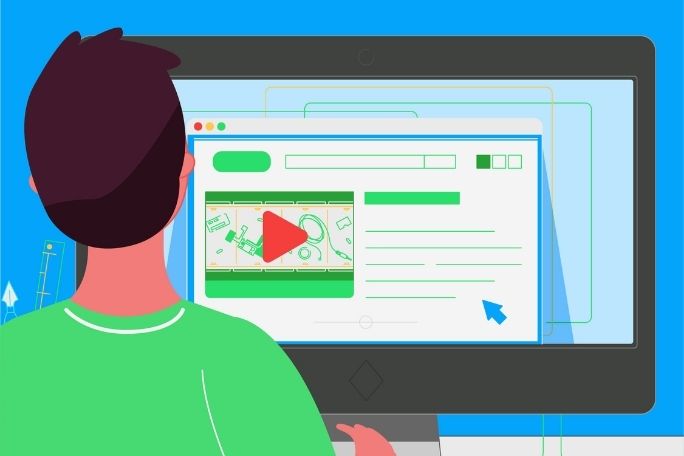Lesson summary
This lesson is one of eight lessons for Years 3-8, designed to support you and your students to produce quality media for the MobileMuster Schools Competition, with the aim of encouraging the community to recycle more of their old and unused mobile phones. Students may choose to create a drawing, photograph, or short film to enter. The 2023 MobileMuster Schools Competition is open and the theme is ‘Inspiring Recycling Action’. For information about the Schools Competition, visit the MobileMuster website.
Learning intentions:
Students will...
- understand the importance of recycling mobile phones
- understand the principles of sustainable design
- understand the principles of cradle-to-grave and cradle-to-cradle product life cycles
- understand consumer and manufacturer responsibility as it relates to eco-design.
Success criteria:
Students can...
- explain the concept of cradle-to-grave and cradle-to-cradle product lifecycles.
Lesson guides and printables
Lesson details
Curriculum mapping
Australian Curriculum (v9.0) content descriptions:
Year 7 & 8 Design and Technologies:
Students will:
- analyse how people in design and technologies occupations consider ethical and sustainability factors to design and produce products, services and environments (AC9TDE8K01)
- analyse the impact of innovation and the development of technologies on designed solutions for global preferred futures (AC9TDE8K02)
General capabilities: Literacy, Critical and Creative Thinking, Ethical Understanding
Syllabus outcomes: DT4-3, DT4-5
Cross-curriculum priority: Sustainability
Relevant parts of Year 7 & 8 achievement standards:
Students explain how people design, innovate and produce products, services and environments for preferred futures
Level of teacher scaffolding: Medium – facilitating class discussions and guiding research activities
Resources required
- Assessment Matrix
- device capable of presenting a video to the class
- student worksheets – one copy per student
- Sustainability Factsheet (optional)
Skills
- Communication
- Global citizenship
- Ethical understanding
- Community engagement
- Reflection
Additional info
This lesson has been developed as part of Planet Ark’s National Recycling Week. Following this lesson plan is an ideal way for your school to take part in MobileMuster. You’ll be joining thousands of amazing teachers in making a difference and creating positive environmental change. Take part in the Schools Recycling Right Challenge for Planet Ark’s National Recycling Week. Register your lesson or other activities today!


Welcome back!
Don't have an account yet?
Log in with:
By signing up to Cool.org you consent and agree to Cool's privacy policy to
store, manage and process your personal information. To read more, please see
our privacy policy here(Opens in new tab).
Create your free Cool.org account.
Many of our resources are free, with an option to upgrade to Cool+ for premium content.
Already have an account?
Sign up with:
By signing up to Cool.org you consent and agree to Cool's privacy policy to
store, manage and process your personal information. To read more, please see
our privacy policy here(Opens in new tab).